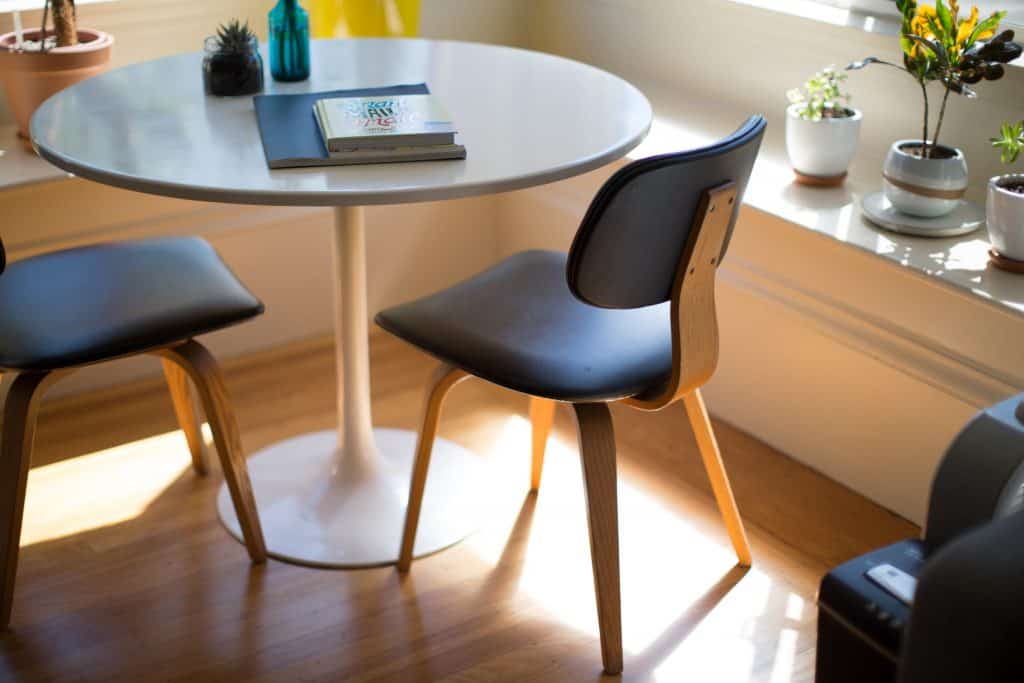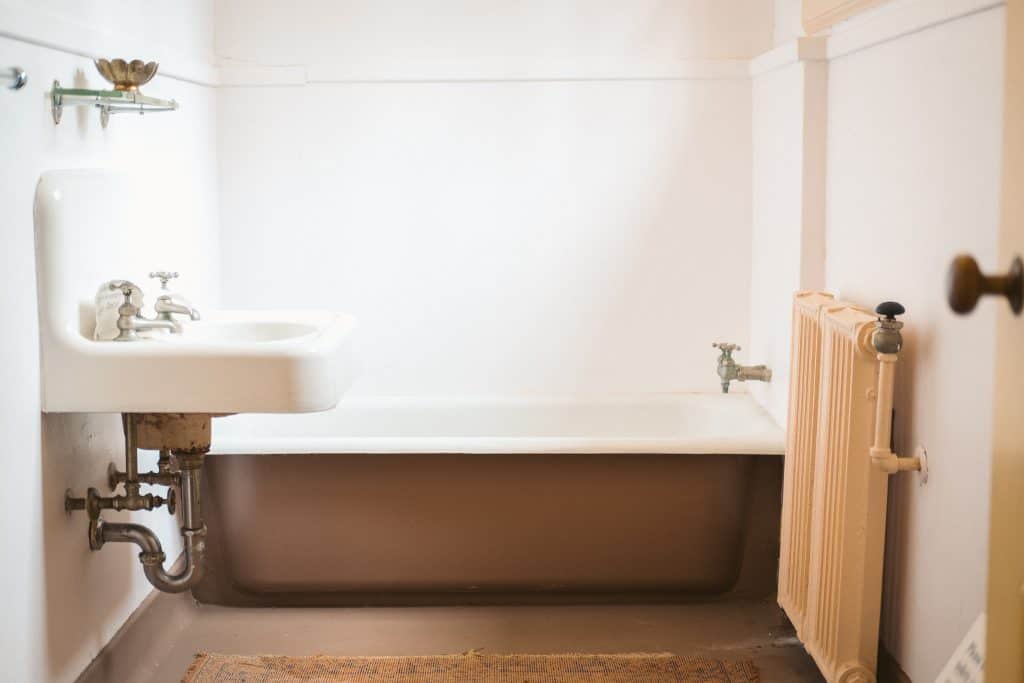Clutter is unmade decisions.
Projects are left to linger because you made a choice to do something else. Papers pile up because you think you need them but you aren’t sure. So, you say: “I’ll decide later” and set them aside. Pretty soon all the decisions you didn’t make have spread around the house and it is harder to make any decisions at all.
Ever feel like you used to be organized? Maybe even just last month, but now the piles have reappeared and the place is a mess and now you need to do it again?
It’s that rearranging without making progress that seems like you are making progress in brining order to your life but is really just you hiding things so you don’t have to decide today thing most of us do.
This repetitive process of getting organized again and again without feeling productive is a drag and can leave you feeling defeated.
Why bother?
Because, as my coach is fond of pointing out, your environment shows you daily what you can achieve. I believe you can be more than your piles.
A space doesn’t have to be sparse but creating space to work and having the items you need to do the work handy will show your brain that you are capable, competent and confident.
The purpose of your efforts needs to be more than just clearing a space or putting things away. Otherwise you are just rearranging. Having a purpose for why you are organizing an area allows you to know where you are going, when you have arrived and what you need once you are there.
For long lasting results your main purpose needs to be to create an environment that supports, nurtures and rejuvenates all your adventures. In other words it is part of the structure and criteria for all your decisions.
The easiest way to let your purpose be the catalyst for real change is to ask these questions and then listen to your answers, not your excuses.
- Where (literally) – are you trying to go?
- What –are you trying to accomplish?
- Why? – Does it need to be done at all?
- What do you need to get it done? – Try listing the minimal required then the nice to have.
Notice – all the stuff in the way. That’s what you can eliminate. That’s real clutter control.
Now that you know what to eliminate (the stuff in the way) you need some criteria for actually deciding specifically which stuff is in the way. It’s the difference between “I just need to get rid of some stuff” and “I don’t need this pen because it writes with blue ink and I prefer black ink.”
In order to make good decisions you need to have criteria in place, the principles by which you make decisions.
Right now you are using subconscious criteria to make a decision.
The criteria for most of your daily decisions are deep in there, and a result of years of practice, trial, error and reinforcement.
That’s partially why change is so hard. Your brain will always default to what is easier in the moment, not what is good for your ultimate success, but what is easier in the moment.
Unfortunately, when our lives evolve we don’t always update our criteria and so our decisions no longer create a smooth daily experience.
Sometimes we need to take a peak and tweak our criteria. By always having a clear vision of what your life can be and striving to make that happen, little decisions will get you there.
Let the answers to the questions above be your starting point.
Then take the time to create a list of what is important to you. This will give you something to weigh your decisions against. This can be a list of goals, values, priorities and/or desired feelings. (You can download a worksheet here.)
To overwrite the subconscious default behaviors you must practice making decisions with your new criteria.
The easiest way to practice decision making – I promise it gets easier – is to use the yes, no, maybe method.
Start by eliminating the easy stuff. As you look at each item, ask yourself if the item serves your identified desired outcome or purpose. Do a quick sort into a definite yes, a definite no and a maybe pile. Get rid of the obvious no pile first.
Keep and establish places for things in the yes pile to live. As you move forward these places will accept the similar items you found in other locations around the house.
Then reevaluate the maybe pile based on available space, compatibility with your criteria and your new – found confidence. The good news is that the maybe pile often makes the decisions for you. Dates pass, offers expire, interests and body shape change, and they become easily identified yes or no items.
“One good wish changes nothing. One good decision changes everything.”
– Steve Goodier
For practicing better daily decisions:
- Become aware of when you run out of steam to make decisions during the day (opening a bag of cookies, setting the mail aside for later, etc.).
- Take a breath.
- Let the consequences of that decision play out in your head. What would you rather have happen? Work your thoughts back to a better decision.
- Decide that.
Making better decisions makes staying organized so much easier.



